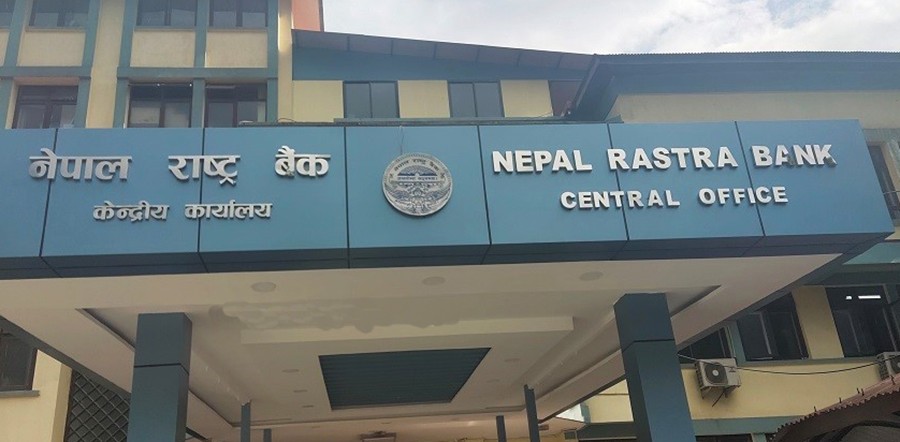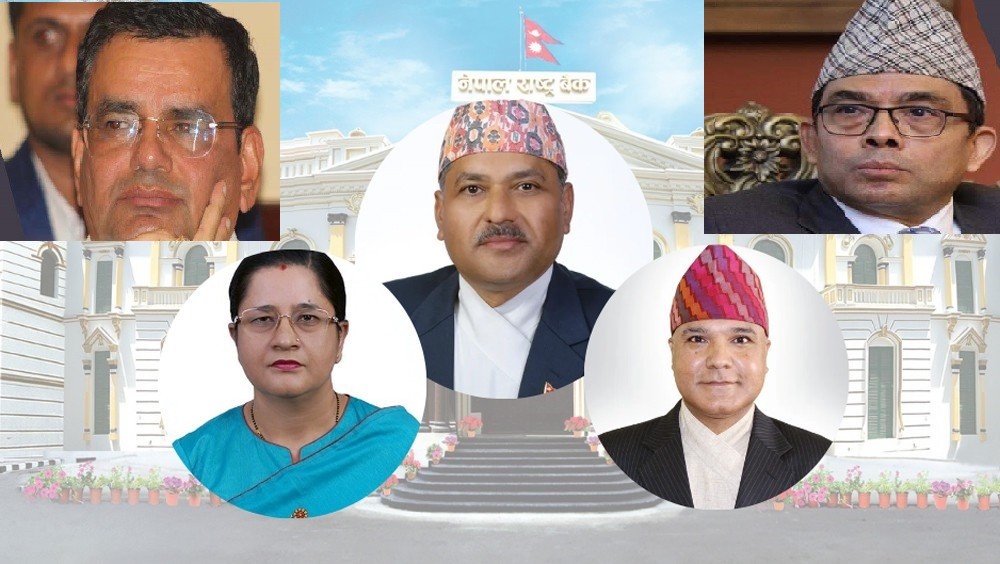Review of monetary policy: Rastra Bank 'backs' and 10 new arrangements made by the monetary policy
Nov Sun 2022 03:51:37
877 views

Kathmandu. Nepal Rastra Bank has reviewed the monetary policy of the first quarter of the current financial year. The bank released the review through Zoom meeting at 8 pm on Sunday night.
Through this review, the National Bank has put forward a policy of not increasing interest rates. Rastra Bank has reduced the spread rate of banks to 4 percent. The previous 4.4 percent has been reduced to 4 percent. The spread rate of Bikas Bank has been increased.
Similarly, microfinance financial institutions have to apply Aadhaar rate from now on. The National Bank has made arrangements for microfinance financial institutions to publish the Aadhaar rate monthly from January 2079.
These are the 10 new arrangements made by the monetary policy
1. Based on the economic situation and scenario analyzed above, the monetary policy of 2079/80 has been continued.
2. The targets and projections taken in the monetary policy of the financial year 2079/80 have also been kept unchanged.
3. The monetary instruments provided in the Nepal Rastra Bank Monetary Policy 2079/80 have been continued. The mandatory cash ratio has been kept unchanged at 4 percent and the bank rate at 8.5 percent.
4. Liquidity will be managed in such a way that there is no disruption in the payment system, and by supporting the reflected credit flow, the interest rate will not increase immediately.
5. Regulatory Measures VI. Investments made by banks and financial institutions in the bonds issued by public limited companies related to the agricultural sector in the secondary market will be allowed to be counted within the specified limits so that the bank has to invest minimum loans in that sector.
6.Arrangements will be made to maintain the average interest rate difference of commercial banks from 4.4 percent to 4 percent and the average interest rate difference of development banks and finance companies from 5 percent to 4.6 percent. With this, it is expected that the premium rate charged by banks and financial institutions while setting the loan interest rate will decrease and balance the loan interest rate as well. Regular monitoring of premium arrangements will also be done.
7. From January 2079, microfinance financial institutions will have to publish the Aadhaar rate on a monthly basis.
8. If the specified loan-deposit ratio is not reached, the fine imposed on banks and financial institutions will be reviewed based on the liquidity risk.
9. The working capital loan guidance under implementation will be addressed based on the suggestions received.
10. In view of the pressure on liquidity, if the banks and financial institutions do not provide loans in the designated areas, an arrangement will be made to calculate damages from June 2080 on the basis of mid-June 2080.








